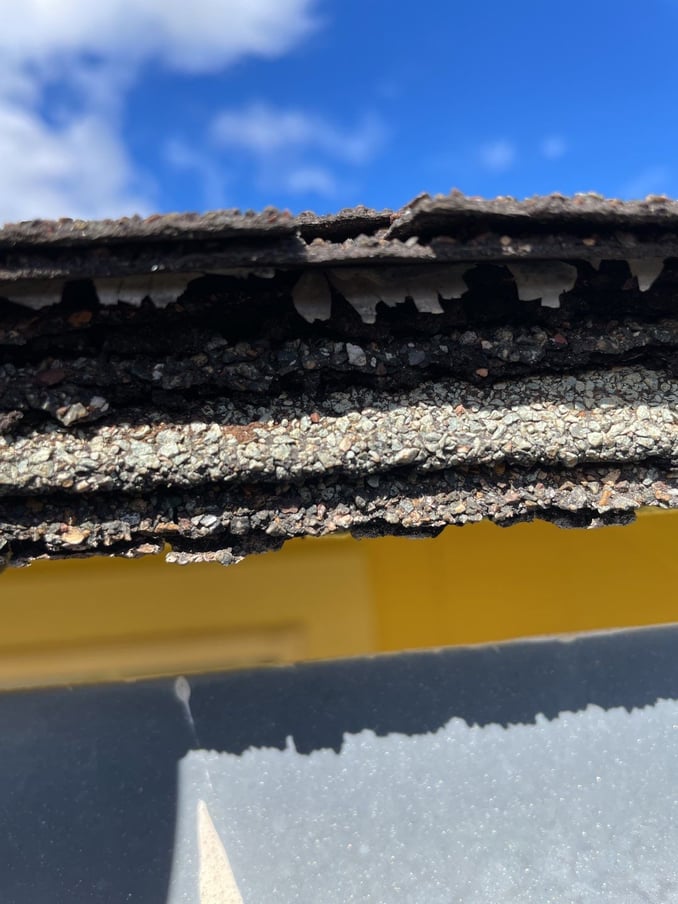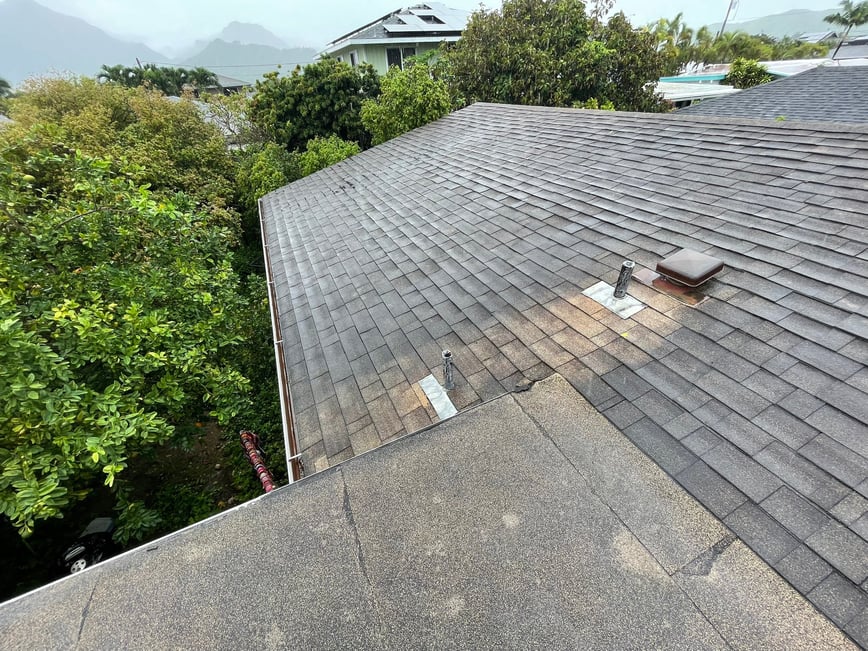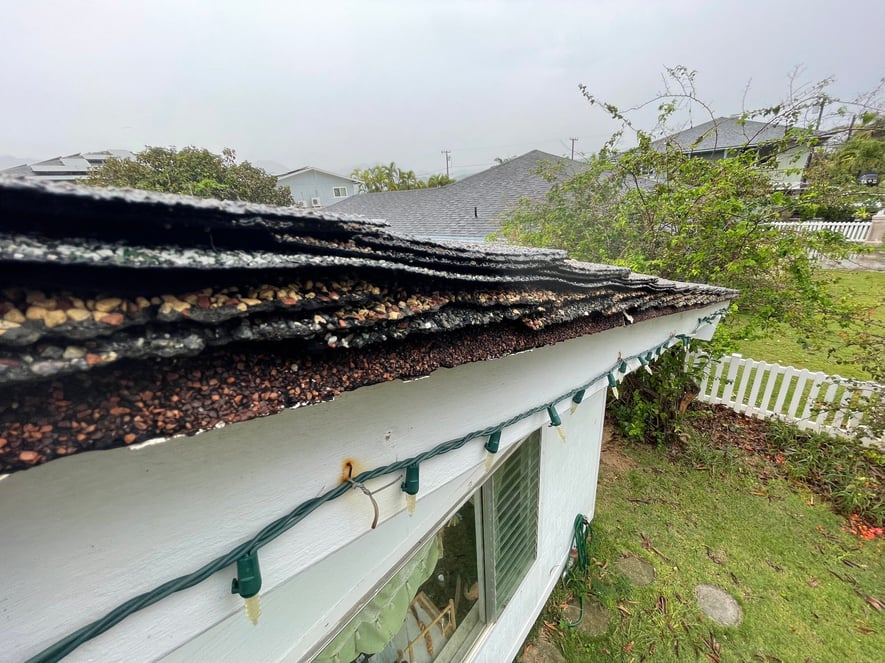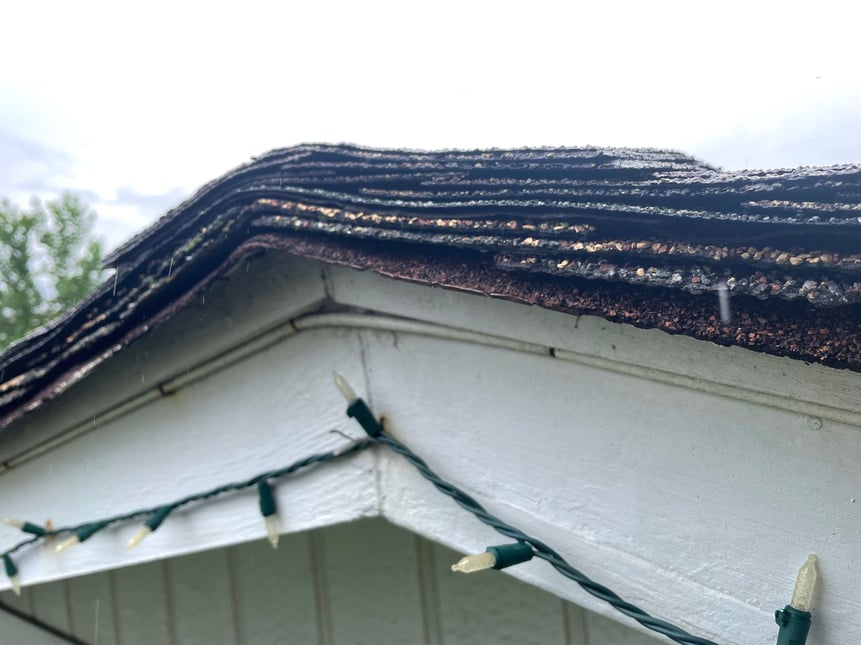Why You Shouldn't Lay Over Existing Shingles
It sounds like a great idea — just lay new shingles over the existing shingles. It can save time and materials, plus no one will ever be the wiser. The reality, of course, is that the downsides always outweigh the benefits. Here’s why you should never lay a new roof over existing shingles.
1. Shingles often fit poorly.
Shingles are designed for flat surfaces. They don’t do well when they’re forced to bridge gaps or be placed over bumps and humps. When placing new shingles over old ones, the nails have to penetrate through more material. This can create an uneven surface and ultimately impact the integrity of your roof. There’s a greater risk your shingles won’t do what they’re designed for, which could leave your home vulnerable.

2. It complicates home and roof inspections.
If you ever need to have your roof inspected, having a double layer of shingles can complicate the process. Inspectors can’t check the roof deck for wood damage. If they can’t start from the base, there’s no way to ensure your roof’s foundation is safe before they make any repairs.
3. There is no buffer for leaks.
Under the shingles, you’ll find a layer of underlayment that helps to provide protection against leaks. This needs to be replaced just like the rest of your roof. If you’re adding a new layer of shingles, you won’t be able to replace this underlayment. This allows it to continue aging and deteriorating, which makes your home more prone to leaks. In a rainy tropical climate like Hawaii, homeowners need all the leak protection they can get!

4. It adds weight to your roof.
Shingles might feel lightweight in your hand. But when you’re adding thousands of them to the top of your home, all that weight adds up fast. Regular asphalt shingles can add up to 350-400 pounds per 100 square feet of roofing. Adding new shingles to the existing roof increases this weight, which puts more pressure and strain on your home’s structure. Your roof may or may not be able to handle the extra load, at least not for the long term.

5. It might affect your shingles’ warranty.
Re-roofing may end up voiding any warranty that comes with your shingles. Warranties are usually only valid with proper, professional installation. Every shingle manufacturer has its own warranty requirements, so make sure you check before moving forward with any type of roofing project.
6. It could lower your home’s value.
On the outside, no one might notice that you have re-roofed your home instead of removing the old roof and installing a new one. But roofs don’t last forever. At some point, if you sell your home and new owners move in, they will need to install a new roof. At this point, the roofer will need to remove two roofs instead of one. This can create an extra expense the homeowner isn’t prepared for.

A re-roof is likely to come up in a home inspection when it’s time to sell. What’s more, the inspector may explain the complications that a two-layer roof may create in the future. This may devalue your property in the eyes of your buyer simply because they know it might cost them more money later.
Take a Better Approach to Roofing
It’s possible to re-roof a home instead of removing and replacing the roof. But replacing the roof the right way is always a better option. It’s more cost-effective in the long run because it mitigates many of the problems that a re-roof may create.
At Kapili Solar Roofing, we’re helping Oahu homeowners get full roof replacements they can trust at an affordable price. Reach out today to schedule a free inspection and consultation!
%20(2).png?width=150&height=107&name=Solar%20Logo%20(No%20Background)%20(2).png)
Comments